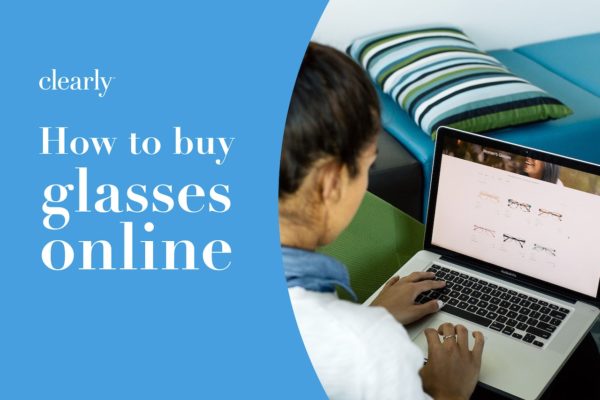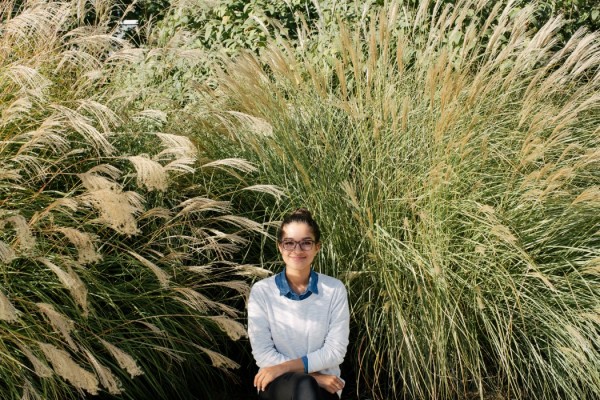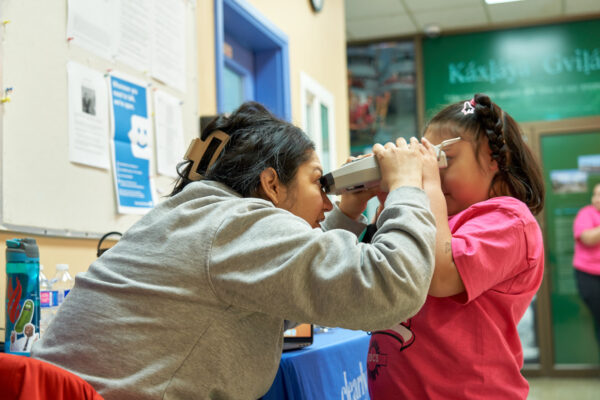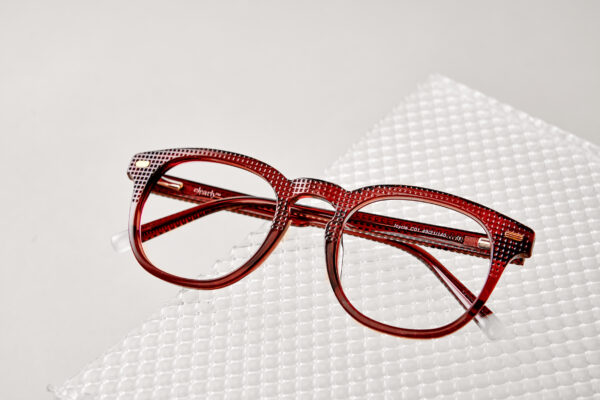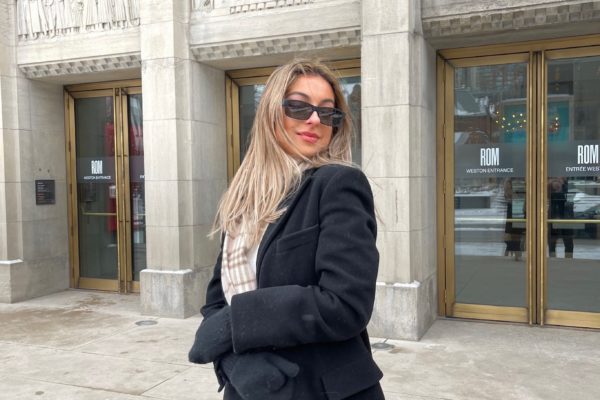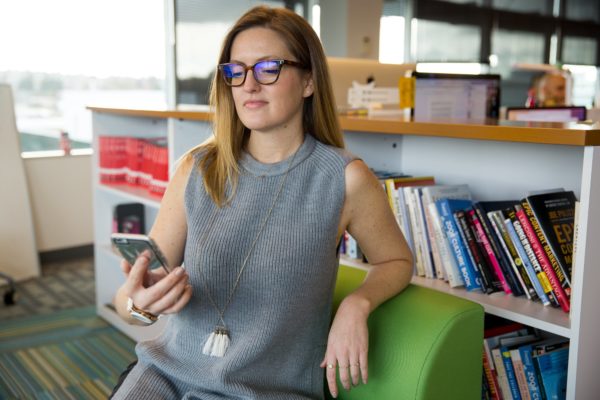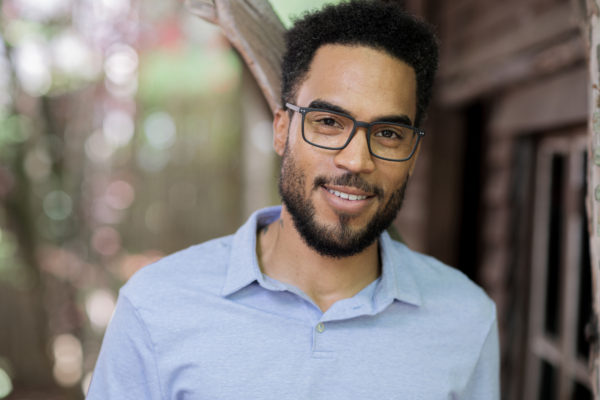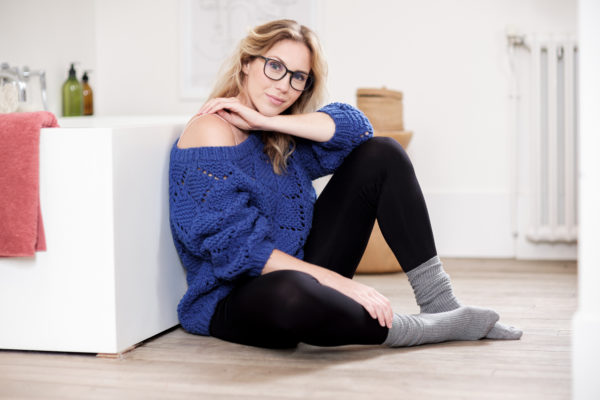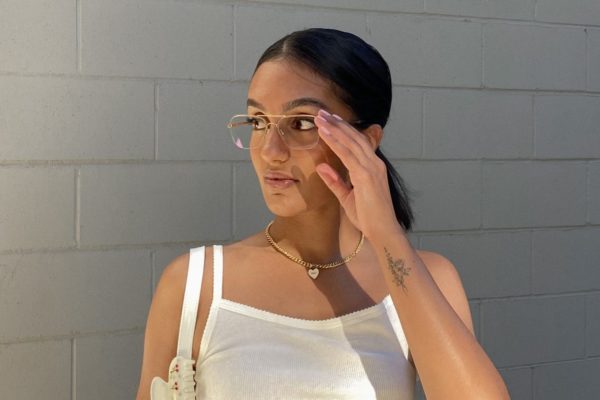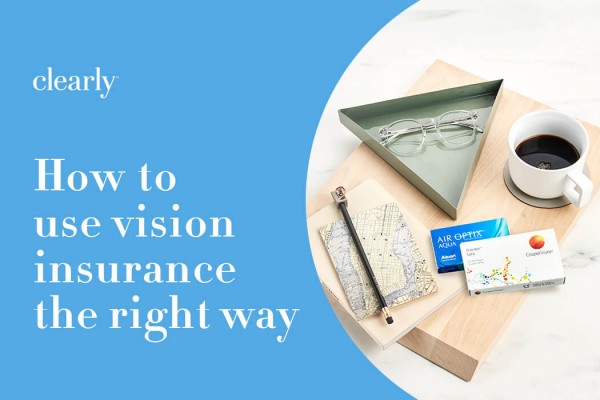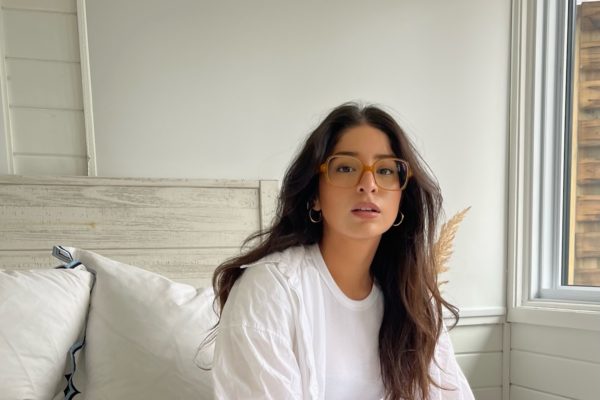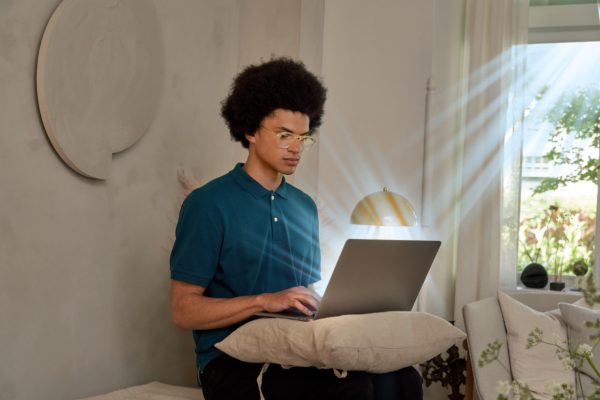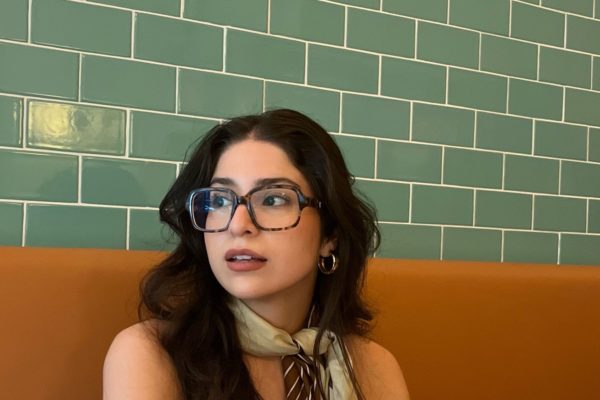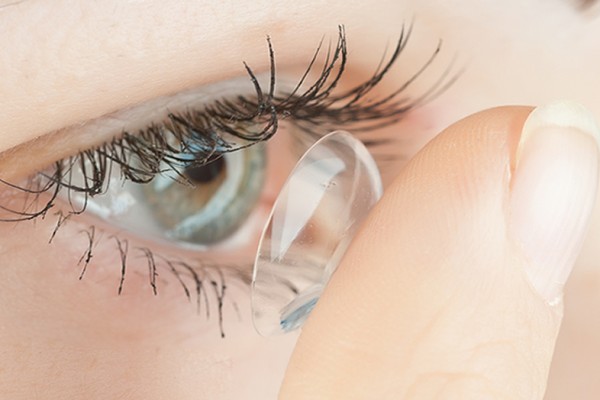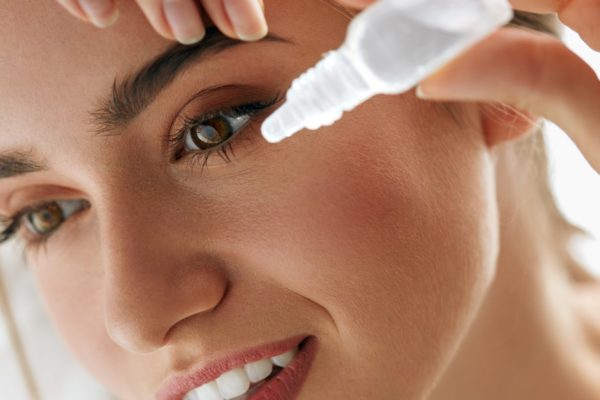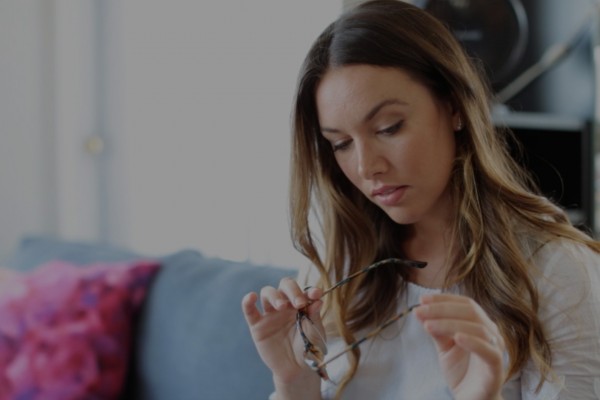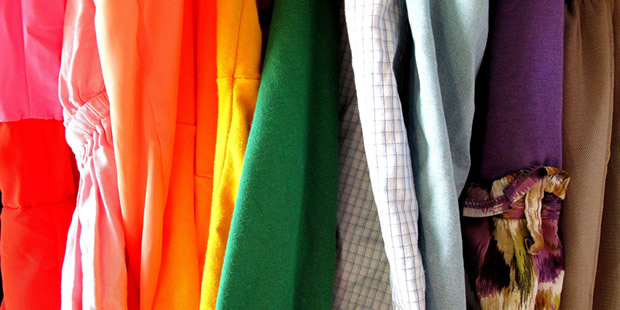This post is also available in:
![]() Français (French)
Français (French)
While it’s important for adults to get their eyes checked regularly, it’s absolutely vital for children to get routine eye exams to ensure their vision is developing correctly.
If left untreated or undiagnosed, vision problems can have a major impact on a child’s life, often resulting in poor grades and reluctance to participate in social activities.
Depending on the vision issues, glasses for your child could make all the difference. We’re giving free glasses to kids age 10 and under at all Clearly retail locations. Read on to learn about the importance of kids eye health, and find out how to spot if your children are struggling with vision issues.
What are some signs my child needs glasses?
First and foremost, if you suspect that your child is experiencing problems with their vision, schedule an eye exam with a pediatric vision specialist.
The Canadian Association of Optometrists recommend a child should have at least one eye exam by a licensed optometrist or ophthalmologist before they start school and annually thereafter.
Taking your child to see their pediatric vision specialist as recommended will help ensure their vision is developing correctly, but it’s up to you to pay attention to signs of worsening vision or other eye health issues in between those check-ups.
Younger children may not be able to tell you their vision is blurry, but they will often find ways to show adults they’re struggling.
For example, your child may rub their eyes, squint or express frustration if they’re unable to see well. You may also notice an extreme sensitivity to light, or even clumsiness if they’re finding it difficult to see things in their path. Some children may even experience headaches and nausea as a result of poor vision.
Once children reach preschool and begin to pick up new skills and activities in a classroom environment, signs of vision problems will grow and change.
4 signs your child needs glasses
Here are four common signs that your school-aged child may need corrective eyewear:
1. Sitting too close to the TV
If you’ve noticed a dip in your child’s grades or a teacher has mentioned that they struggle to read the whiteboard, there’s a strong chance that your child may be nearsighted.
A common sign of myopia (nearsightedness), especially among children, is sitting too close to the television or holding their tablet really close to their face. Although there’s always the possibility your child is just really enamored by screens, it’s definitely a sign you should have their eyes checked.
Difficulty focusing visually can be frustrating and even difficult for a child to explain, but if it’s simply a matter of myopia, prescription eyeglasses should fix them up in a jiff.
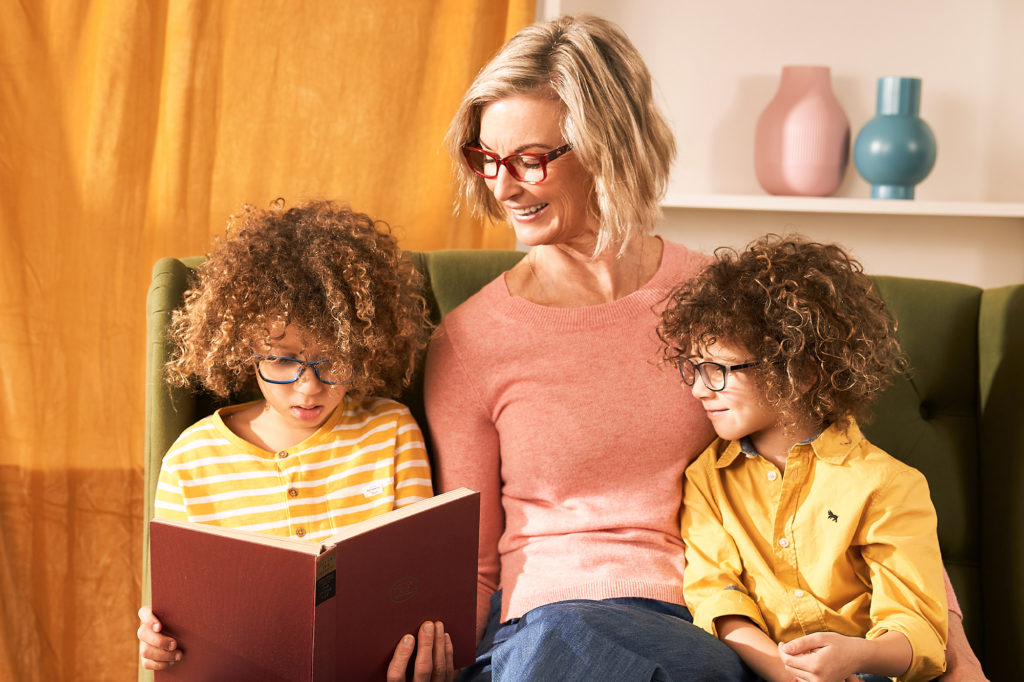
2. Difficulty keeping their place while reading
Learning to read is hard, but it’s even more difficult with poor vision. If your child is struggling to follow along while reading, they may have astigmatism or strabismus (crossed eyes). Both eye conditions tend to coincide with distorted vision, which can make many activities challenging, whether while reading, watching television or even playing outdoors.
Wondering if your child has vision issues? Have them read a book to you and pay attention to their eyes and mannerisms.
This simple test should clue you in to any struggles or vision problems they may be dealing with. Bonus: Asking your children to read to you is also great for their speech and vocabulary development.
3. Favouring one eye over the other
While enjoying a favourite TV show or reading a book, if your child tends to keep only one eye open or uncovered, there’s a strong chance they’re compensating to focus their vision.
Closing or shielding one eye could be a symptom of amblyopia, also known as lazy eye, which can make it hard for the two eyes to focus together.
If you’ve noticed your child favouring one eye, sit down with them and ask that they perform an activity such as colouring or reading using one eye at a time. Pay close attention to how they react when their “preferred” eye is covered; if they start to fuss, there’s a strong chance they need to see an eye doctor to assess the situation.
This condition can be tricky to treat with corrective lenses, as one eye may require a much stronger prescription than the other. Depending on each eye’s prescription, your pediatric optometrist may also suggest vision therapy or contact lenses.
4. Tracing along with their finger while reading
When young children learn to read, it’s fairly common for them to trace along the page with their finger as they read. However, if this word tracing continues as they grow older and better skilled at reading, it could be another sign of amblyopia.
Lazy eye is characterized as one eye that doesn’t focus as naturally as the other. It may mean extreme farsightedness in one eye, which can make words on a page very difficult to distinguish. The child may be pointing to each word with their finger to help them focus.
Amblyopia symptoms and treatments vary depending on the severity or specific diagnosis. If you’ve noticed your child tracing words, take them in for an eye exam. Depending on the severity, the doctor may recommend eyeglasses, contact lenses or vision therapy.

What if my child won’t wear glasses?
It may take a while for your young child to get used to the experience of wearing glasses. If they aren’t a fan of their new eyewear, stick to your guns and keep encouraging them.
If your child seems uncomfortable, inspect the frames to ensure that they fit properly. You can also contact your eye doctor to double check that the prescription is correct. Or, your child may just need a different style that feels more comfortable to them.
You could also ask whether your child’s eye doctor might recommend contact lenses or vision therapy instead of eyeglasses.
For example, if your child has severe amblyopia, eyeglasses may not be a comfortable option due to the unequal magnification effect of two different lens powers. Varying prescriptions could also cause one lens to be thicker than the other, which could feel unbalanced and uncomfortable.
It’s not unheard of for a pediatric eye specialist to recommend contact lenses. Continuous or disposable contact lenses won’t cause differences in image magnification as glasses do, and there are many options out there that are safe for younger eyes.
Whatever the issue, a pediatric eye specialist will work with you and your child to find the best possible solution for their unique vision needs.


